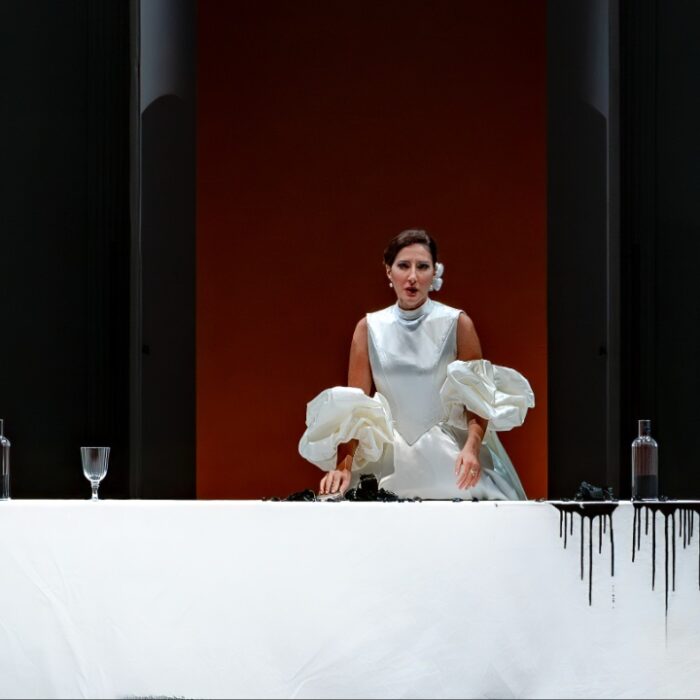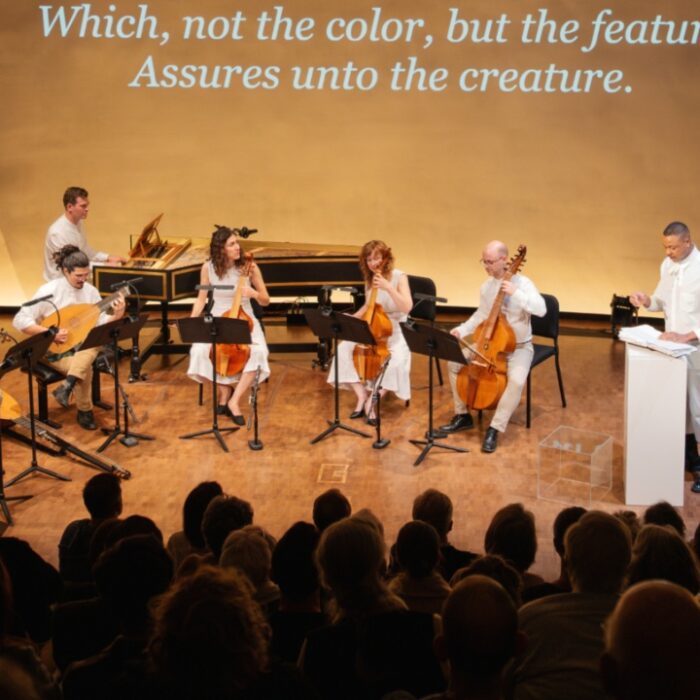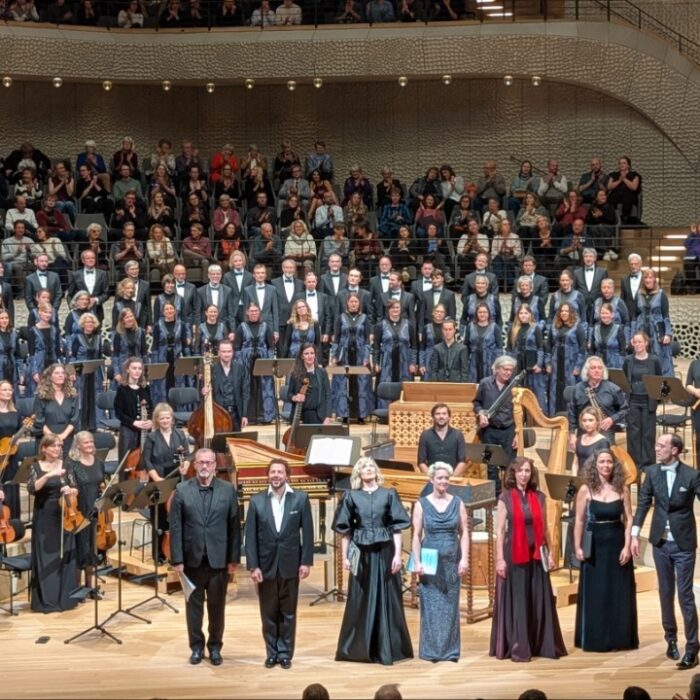
Lincoln Center’s Summer for the City 2024 Review: Carlos Miguel Prieto Conducts Haydn & Ginastera
Featuring J’Nai Bridges Singing Lieberson’s ‘Neruda Songs’
By Alexandra Svokos(Photo credit:
Tuesday night at Lincoln Center offered some true gems, an enticing evening even for seasoned New Yorkers. All the more delightful, as part of Lincoln Center’s Summer for the City, tickets for the show were “choose-what-you-pay”, making it accessible to a wider, more relaxed summer crowd in the Wu Tsai Theater of David Geffen Hall.
It’s a welcome sight, especially in New York City, to have conductor Carlos Miguel Prieto of the Orquesta Sinfónica de Minería of Mexico City. He put together a fascinating program of pieces, and he was the first to admit during brief remarks before the show, but they didn’t really have much of a connecting theme. No matter. Sometimes the connecting theme is simply that it’s good music, with the right musicians in the right place, that’s not overexposed. This makes it a draw for both newcomers to classical music, who get a mixture of sounds to choose from, and aficionados looking for something “off the beaten path”, as Prieto put it in the program note written by Natalie Weiner.
Musical Highlights
The program featured Haydn’s “La passione”, Symphony No. 49, Ginastera’s “Variaciones concertantes”, and Peter Lieberson’s “Neruda Songs”, with musical settings of poet Pablo Neruda’s sonnets. For the “Neruda Songs”, the Festival Orchestra of Lincoln Center was joined by mezzo-soprano J’Nai Bridges, who caused a sensation in the city shortly before the COVID-19 pandemic broke out with her Met Opera debut in Philip Glass’s “Akhnaten“.
First up was the Haydn, something of a rarity for the composer with its use of a minor key. One could feel Prieto’s love for the piece in the hall, and the festival orchestra responded to his passion with a warm conviviality, smiling as they watched for his cues in the expressive rests of the adagio movement. The string section, with concertmaster Ruggero Allifranchini, shone particularly in the first two movements of the symphony.
If one could find an issue, it’s less with the musicians and more with the space. Much has been said of the new David Geffen Hall, which reopened in 2022 after extensive renovations that opened up more public spaces and attempted to fix longstanding acoustical criticisms. Particularly for a summer night choose-what-you-pay concert, those renovations were welcome, as the hall has an intimate feel with seats that wrap around the stage and lights that allow you to look at the faces around you throughout the performance.
However, the acoustics of the new hall are dry and precise, and a Haydn symphony thrives in warm expanses and church-like spaces. Rather than melding together, the orchestra has distinct sounds; the acoustics allow one to hear just about everything – which means each introduction of an orchestra section feels like a new team joining in on an ongoing game. Especially for a chamber orchestra, the acoustics make the group sound almost smaller when you can pick out the sound of each individual instrument.
This acoustical distinction was in good use, on the other hand, for the Ginastera “Variaciones” that closed out the program. In that efficiently effective piece, Ginastera highlights different sections of an orchestra with, essentially, their own mini-concertos. Allifranchini did wonderfully impressive work here on violin, as did principal cellist Ilya Finkelshteyn, viola Shmuel Katz, and double bass Jeffrey Turner, as well as principal flutist Jasmine Choi, oboist Ryan Roberts, clarinetist Jon Manasse and bassoon Marc Goldberg, who each had their own moment to shine and made good use of it. The horns, distinctive in the Haydn, were fabulous in the Ginastera, and principal Lawrence DiBello made a strong impact in his turn at a solo. One could feel the fun happening on stage as each instrument took its time in the spotlight, especially as timpanist David Punto stepped in and the trumpets, with principal Neil Balm, had their flourishes.
Neruda Songs
While that was the rousing conclusion, the centerpiece of the show was Bridges and the “Neruda Songs”. Wearing a structural, robin egg blue gown that caused gasps as she made her entrance, Bridges reflected the various blues she sang of in Neruda’s words. While she was eagerly welcomed by the audience, it seemed to take her some time to feel comfortable in the performance. Once she did, though, in the third song, the music noticeably blossomed into life.
Bridges’s voice was warm from the start and enveloped the notes with tenderness. The Lieberson music is complicated. While the sonnets are love poems, Lieberson wrote the song cycle almost two decades ago during a time of tragedy. He was writing the music for his wife, singer Lorraine Hunt Lieberson, who died of cancer shortly after premiering the work. The composition melds the feel of more classical aria with modernistic sounds, which is elegant and creates a stylistic unease. The feel is the sort of dissonant, haunting ache of watching a loved one suffer, where there is beauty in the depths of love on clear display, but also, of course, depths of heartbreak and pain.
This is not easy romantic music, and both Neruda and Lieberson would likely and readily acknowledge that romance is not always easy. Life throws wrenches, and love comes with loss and vulnerability. There is certainly a challenging discomfort to it, but that brings growth. Bridges leaned into the feeling in the back half of the cycle, bringing her rich vocal tone to the music, and Prieto led a very giving orchestra.
The applause for the musicians was rapturous and well-earned for such an interesting program that presented different challenges at each stage. Ultimately, the music was warmly performed. This was a great invitation to engage more with the classical world.



